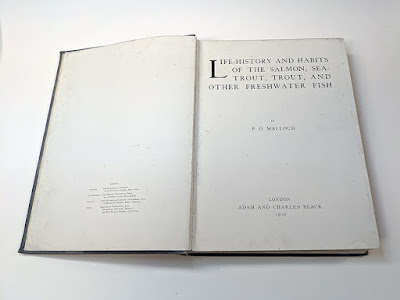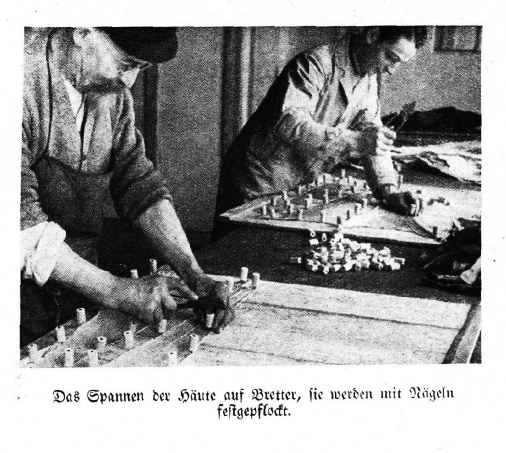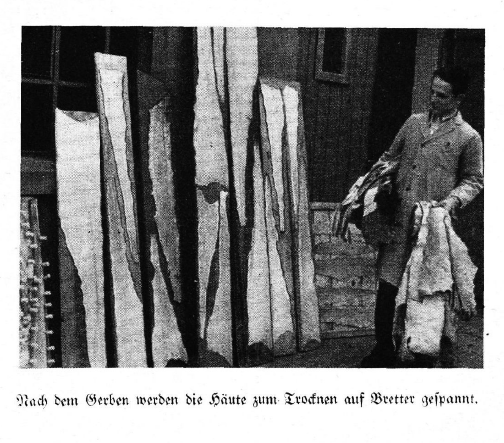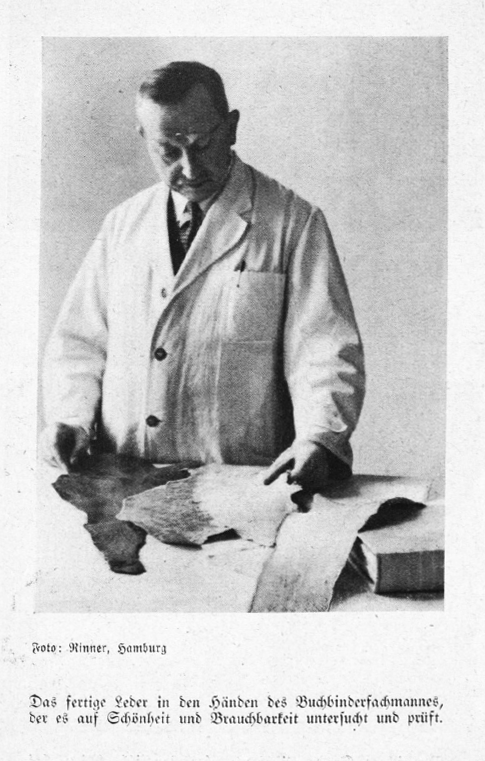Megan Rosenbloom's Dark Archives is out! Read the review from the New York Times and elsewhere. Dark Archives is a wonderfully conversational dive into this subfield of bibliopegy. It also connects to topics here because of articles on the subject by Ernst Collin and Paul Kersten, the latter also the focus of part of one of the chapters.
 |
| Should Fritz Otto be worried? First fish, now this. The Meister knows about Paul Kersten and others, also Pergamena... Time to |
To learn more, listen to this great conversation. There are others online as well. Just check out #DarkArchives on Twitter.
Anthropodermic Biocodicology (HUMAN LEATHER BOOKS) with Megan Rosenbloom & Daniel Kirby
Listen on Ologies with Alie Ward
Anthropodermic bibliopegy is a long, fancy way of saying “HUMAN SKIN BOOKS” and the study of confirming or debunking them is … Anthropodermic Biocodicology. For this skin-crawling, history-trawling Spooktober episode, we chat with the absolutely wonderful and charming medical librarian and expert of books bound in human skin, Megan Rosenbloom. Also, on the line: analytical chemist Dr. Daniel Kirby, who discusses how books are tested to confirm if they are, in fact, human leather. Why would someone make these? What’s in between the covers? Whose skin is it? What do they smell like? And what can they tell us about our culture and our past? Rosenbloom has just released her book “Dark Archives” and gives us a peek into the world she’s come to know so well. Listen under a blanket or with a nightlight on, though. It’ll give you goosebumps.



























